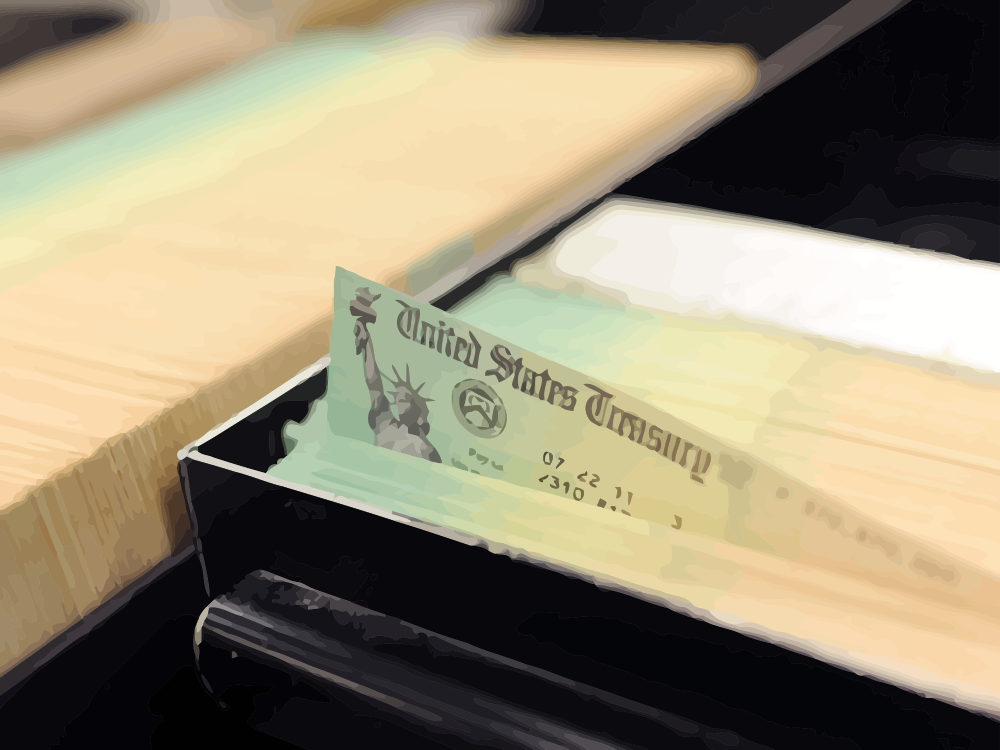Gold Market Radar (May 5, 2014)
For the week, spot gold closed at $1,300.62, down $2.58 per ounce, or 0.20 percent. Gold stocks, as measured by the NYSE Arca Gold Miners Index, declined 0.38 percent. The U.S. Trade-Weighted Dollar Index fell 0.28 percent for the week.
Strengths
- Gold jewelers in India, the world’s second-largest consumer, are expecting a surge in demand at the country’s bullion buying festival this week. The anticipation for the Akshaya Tritiya festival, which is considered by the nation’s more than 900 million Hindus as an auspicious day to buy precious metals, has driven jewelers to buy gold from importing banks at premiums as high as $110 per ounce over the London fix price.
- Global demand for silver jewelry exports from India soared 59 percent over the past year as industry officials expect further growth in exports this year. Trade organization officials expect exports to rise in the 2014-15 season as jewelers try to meet rapidly rising demand from China, Russia, and the U.S. The CPM group, a commodities consultant, has reported silver demand for jewelry rose to 266.5 million ounces in 2013, the highest level in at least 10 years, increasing its share of the declining global supply of silver, which only reached 971 million ounces in 2013.
- Klondex Mines announced the results of the PEA on its Fire Creek project. Despite the very conservative assumptions underlying the report, the PEA shows an initial mine plan with immediate positive cash flows. The company noted the IRR could not be calculated because the cash flow is positive in the first year and every succeeding year after that. In a similar note, NGEx Resources reported results from drill holes which confirm the continuity of the high-grade copper and silver mineralization at its Filo del Sol project in Argentina. The drill holes reported grades as high as 7.59 percent copper, and 314.5 grams per tonne silver over 12 meters.
Weaknesses
- Gold fell $2.58 per ounce for the week, as positive data in the U.S. lowered demand for the precious metal. The Fed meeting appeared to be a non-event as the cut of an additional $10 billion in asset buying matched economists’ predictions. Hong Kong gold exports to China offered a relief, as net imports reached 80.6 tonnes in March, down from 111.4 tons in February. Silver, which fell 0.99 percent for the week, is being undermined by its association with gold despite nine-year-high buying by makers of jewelry and solar panels.
- A U.S. Senate Special Committee on Aging staff report “conservatively estimates that more than 10,000 Americans have been victimized through [precious metals] schemes, with losses around $300 million.” Seniors, looking for a safe haven for their life savings, have been led into buying leveraged gold, silver, platinum, or palladium bets under the impression that they are participating in safe investments. The sellers scam seniors with multiple fees and interest costs that benefit scammers, while leaving the seniors’ principal to bear all the risk of the leveraged bets.
- Election violence has flared in South Africa’s platinum belt ahead of the elections, according to a Reuters report. Police used water cannon and stun grenades to disperse rioters in South Africa’s strike-hit platinum belt on Sunday after protesters, allegedly affiliated to the ACMU union, attacked a government minister while campaigning for the May 7 election. The ACMU’s 70,000 members remain off the job after wage talks aimed at ending the 13-week long strike collapsed.
Opportunities
- The latest Platinum and Palladium Survey by GFMS, the leading independent precious metals consultancy, shows the impact on platinum by South African strikes has been muted; however, palladium has begun to move strongly. The highly successful launch of two South African palladium ETFs, together with supply constraints arising from the events between Russia and Ukraine are further emphasizing the market deficit for the precious metal. As such, GFMS believes palladium has bottomed out already and expects the robust fundamentals to propel the price towards a test of $930 per ounce before year-end.
- Agnico Eagle Mines reported record first-quarter gold production which prompted the miner to forecast it will surpass the high end of 2014 production guidance, with costs expected to come below the low end of the original forecast range. Northern Star Resources, the Australian producer that agreed to buy assets from Barrick Gold, announced it is seeking further acquisitions amid a “once-in-a-generational change in ownership in the Australian gold space.” Desjardins Capital Markets initiated coverage of MAG Silver Corp. with a Buy-Speculative rating and a C$10 price target.
- Randgold Resources will start a study of Kenya’s gold-mining potential at the end of this month to help the government assess whether it is viable to mine gold in the country. According to the African Development Bank, Kenya has known gold deposits, yet mining represents less than 1 percent of GDP. In a similar move, Mark Bristow, Randgold’s CEO, praised the Ivory Coast government in coming up with a new mining code which, in his view, addressed the needs of investors while remaining potentially hugely beneficial to the African nation’s economy.
Threats
- ABN-AMRO, the largest Dutch bank by assets, revised its gold forecast price down to $1,235 per ounce as it expects the U.S. economy to accelerate, and U.S. yields and the U.S. dollar to move higher. The bank released its outlook to coincide with the Fed’s announcement of a further $10 billion monthly taper. Important macroeconomic indicators to follow next week are U.S. Non-Manufacturing ISM, Chinese CPI and PPI data, and the Japanese Leading Index, which is expected to show further deceleration.
- Morgan Stanley bank analysts almost “outbear” Goldman Sachs analysts on gold price, according to Mineweb’s Lawrence Williams. Morgan Stanley’s analysts suggest gold will trade down to $1,168 in the second half of the year, and will continue trending down to $1,138 in 2015. The main driver, according to the analysts, is the fall-off in Chinese demand caused by a weakening economy and depreciating currency. However, Chinese gold import demand has continued to show resiliency, even as the currency depreciation makes gold more expensive in local terms. February and March import data from Hong Kong show imports of over 190 tonnes, roughly in line with the pace of imports in the fourth quarter of 2013.
- Barrick Gold shareholders were in for a major disappointment on Wednesday at the company’s annual general meeting. The announcement of a 90 percent plunge in Barrick’s profits from last year was eclipsed by Peter Munk, the unpopular retiring chairman of the board, who gave a rude awakening to hopeful shareholders in announcing that he intends to remain “very involved in Barrick” and that he will retain an office at the company’s corporate headquarters in Toronto.

















